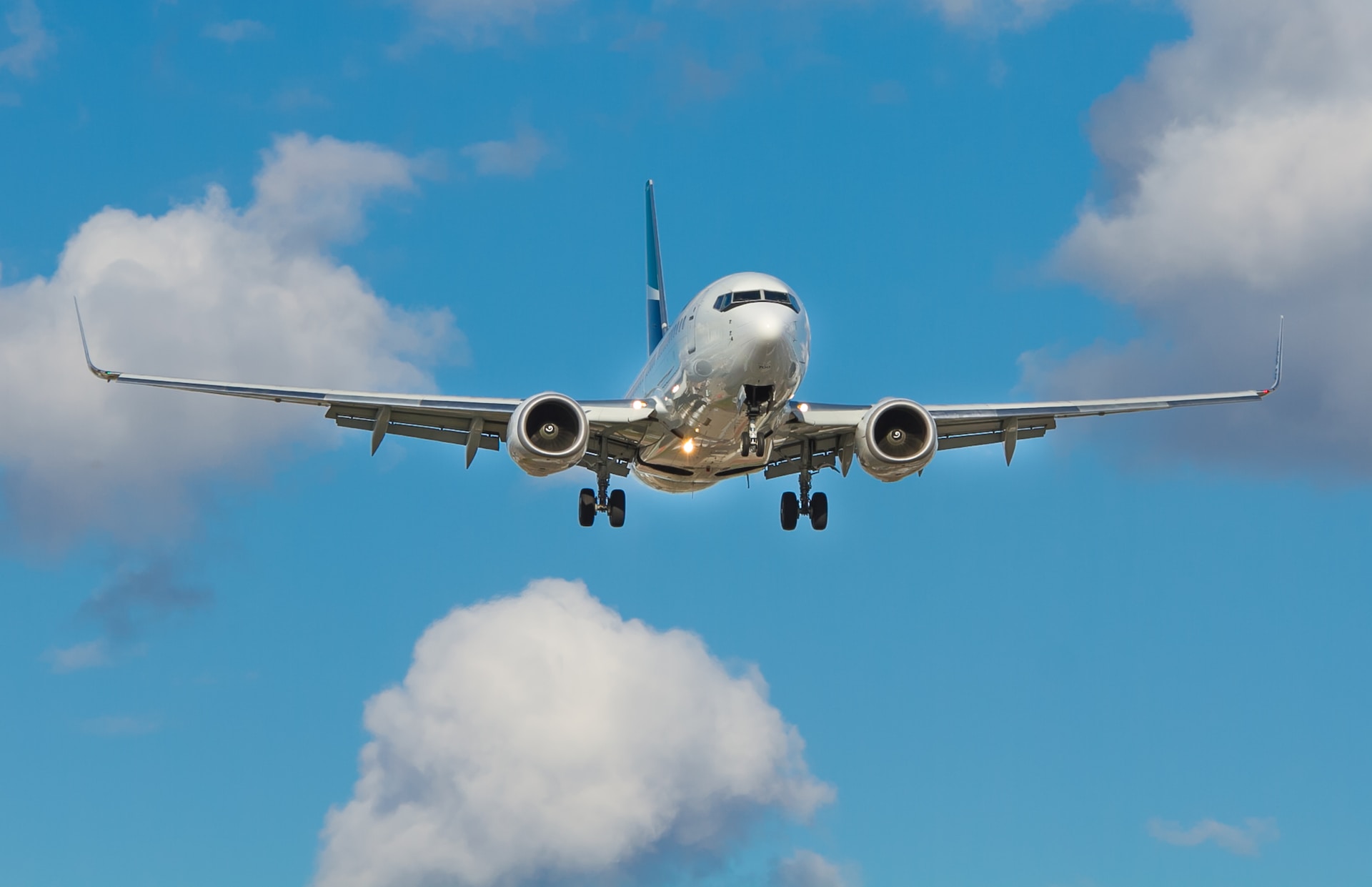General aviation services in Malaysia have been a crucial part of the country’s transportation and logistics sector for many years. With technological advancements in the aviation industry, the future of autonomous flight is becoming more apparent. This article will provide insights into what autonomous flight is, its advantages, and how it works. Continue reading to learn more.
What is Autonomous Flight?
Autonomous flight refers to the ability of an aircraft to fly and perform tasks without human intervention. In simpler terms, it means that the aircraft can operate on its own, without the need for a human pilot. The technology behind autonomous flight has been in development for several years, and it is currently being used in military applications. However, the civilian aviation sector is also looking to incorporate autonomous flight in the future.
How Does Autonomous Flight Work?
Autonomous flight relies on a combination of advanced sensors, artificial intelligence, and computer systems. The sensors on the aircraft gather data on the environment and the aircraft’s position, which is then processed by the AI algorithms. These algorithms make decisions based on the data, such as adjusting the aircraft’s speed, altitude, and heading. The computer system then sends commands to the aircraft’s control surfaces to execute the required maneuvers.

Advantages of Autonomous Flight
- Improved Safety – One of the most significant advantages of autonomous flight is that it can potentially improve safety. With the elimination of human error, there is less risk of accidents due to pilot error.
- Cost Savings – Autonomous flights could also lead to cost savings for airlines. With the ability to operate without a human pilot, airlines could save on pilot salaries and training costs.
- Increased Efficiency – Autonomous flight could lead to increased efficiency in the aviation industry. With the ability to fly longer and more complex routes, autonomous aircraft could reduce travel times and improve logistics.
- Environmental Benefits – Autonomous flights could also have environmental benefits. With improved efficiency, there would be less fuel consumption, leading to reduced emissions.
Conclusion
Autonomous flight has the potential to revolutionize the aviation industry in Malaysia. While there are still regulatory and technological challenges to overcome, the benefits of autonomous flight cannot be ignored. The future of aviation in Malaysia is exciting, and we can expect to see more developments in autonomous flight technology in the years to come. As the country continues to invest in its aviation industry, we can expect to see significant improvements in safety, efficiency, and environmental sustainability.
